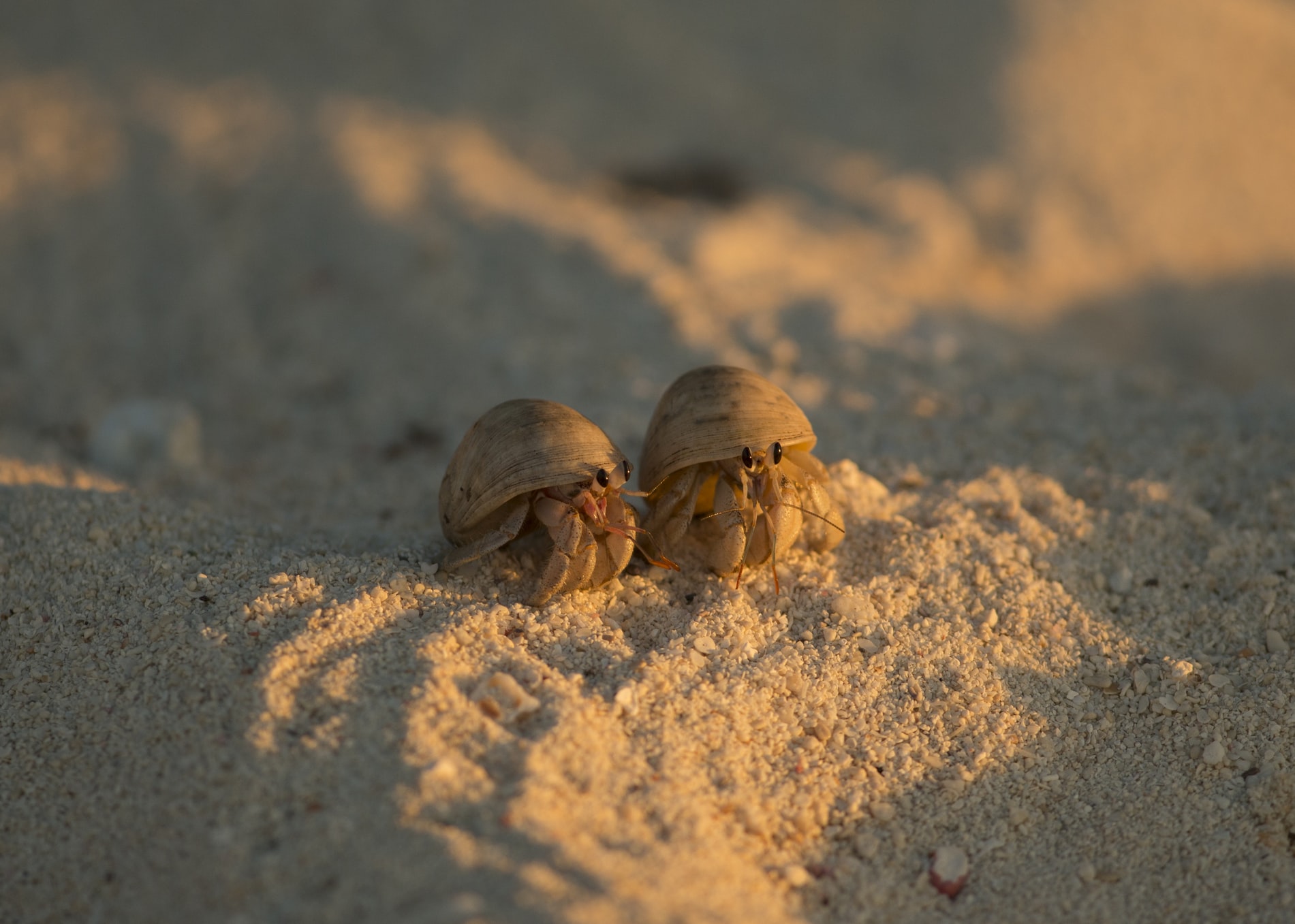
- Sustainable Planet -
- 7mins -
- 67 views
The Seychelles has progressed from protecting 0.04% to 30% of its national waters, in just 5 years.
When the Seychelles defaulted on its substantial national debt, the island nation was offered an unprecedented “debt for nature” deal — five years on and the swap has been hailed as a major milestone for ocean conservation.
Seychelles “debt for nature” deal is paying off for the environment
In a bid to build climate resilience and boost its blue economy, the Seychelles signed a unique deal in 2015, in which almost $22m (£16.8m) of its national debt was written off in exchange for the country doing more to protect its oceans. The “debt for nature” swap involved the US conservation group The Nature Conservancy (TNC) buying the debt, in exchange for a promise to create 13 new marine protected areas (MPAs).
In the five years since, the BBC reported that the Seychelles has progressed from protecting 0.04% to 30% of its national waters, covering 410,000 square kilometres (158,000 square miles) of ocean – an area larger than Germany. Fishing, oil exploration and other marine development has been banned or severely restricted in the MPAs. Anyone who carries out illegal activities in these areas faces a hefty fine, or, in some cases, even imprisonment.
The swap has been hailed as a major milestone for ocean conservation. Conservationists say it sets a strong precedent for other countries to strike similar deals which benefit both the economy and environment.
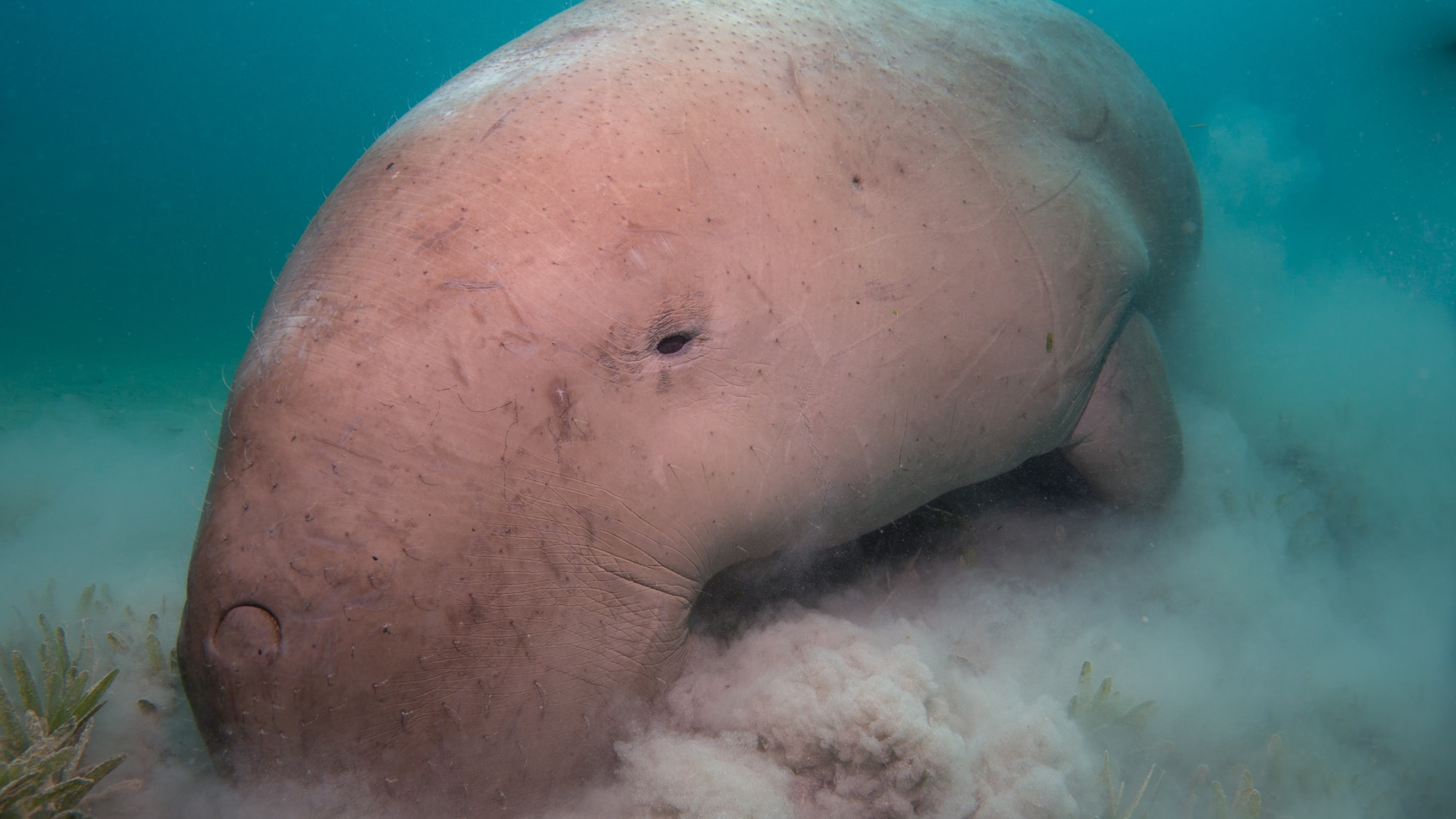
The Seychelles has one of the smallest GDPs in the world and relies heavily on the ocean
Located around 1,600 kilometres (994 miles) off the coast of East Africa, the Seychelles is an ecological paradise. The archipelago of 115 lush and rocky islands sits amongst vast swathes of ocean, covering some 1.35 million square kilometres (521,000 square miles). They’re home to some of the world’s last pristine coral reefs and are teeming with endangered species, including the southern fin whale and the Indian Ocean’s only dugongs – large marine mammals also known as “sea cows”.
But the island nation has had its fair share of problems. The Seychelles has one of the smallest GDPs in the world and fewer than 100,000 residents, whose livelihoods rely heavily on marine tourism and fishing revenue. After years of borrowing, in 2008 the Seychelles defaulted on payments for its $406m (£311.6m) national debt and had to be bailed out by the International Monetary Fund.
At the same time, plastic pollution, climate change and overfishing threaten to deliver a catastrophic blow to the nation’s marine ecosystem, which sustains more than two-thirds of the local economy. After a mass bleaching event in 1998, in some areas, the Seychelles’ has already lost up to 90% of its coral reefs. The nation is also extremely vulnerable to flooding and coastal erosion.
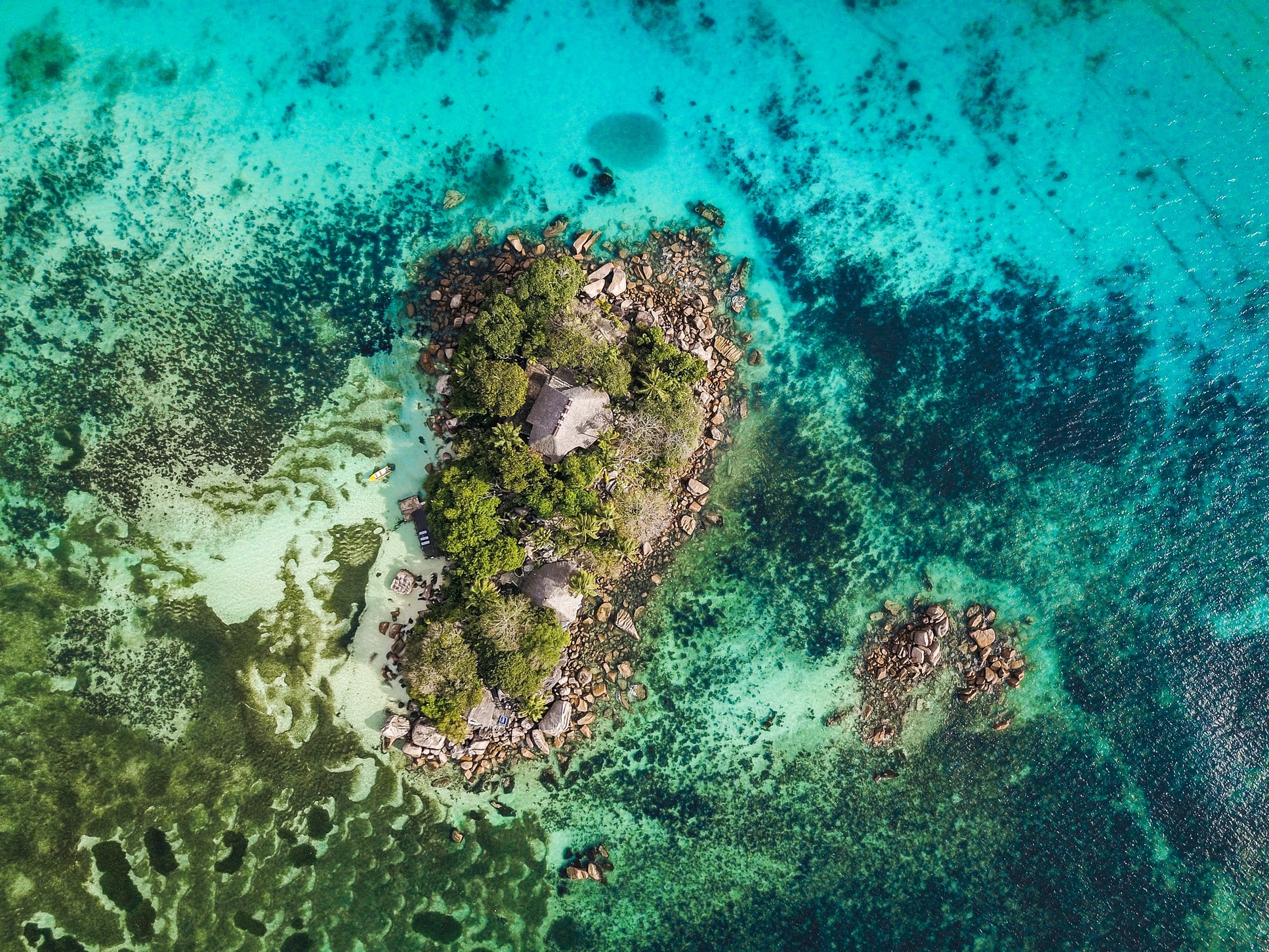
How the “debt for nature” deal works
The Seychelles’ foreign debt is mostly owed to the UK, France, Belgium and Italy. TNC bought it at a discount and then raised a further $5m (£3.8m) from philanthropic donors to lower the interest rate on the government’s outstanding loan.
The deal has allowed the Seychelles’ government to buy back some of its debt at a discount and restructure it, while freeing up cash flow for conservation, says Rob Weary who leads TNC’s debt conversion programme.
Debt-for-nature swaps have taken place in the past to preserve tropical forests in the Caribbean and South America, but the Seychelles’ deal is the first of its kind to focus on marine conservation and the first to use loan capital to help finance the swap, says Weary.
The government repays the TNC loans into a specially created independent trust, the Seychelles Conservation and Climate Adaptation Trust (SeyCCAT), which will use this to fund marine conservation and climate adaptation programmes over the next 20 years.
“We’ve already dispersed over $1.5m (£1.15m),” Angelique Pouponneau, chief executive of SeyCCAT told the BBC. The trust has invested in several women-led initiatives, including a project that pays poor women to clear seaweed off beaches and turn it into compost for home gardens.
The debt for nature swap involved one of the most extensive ocean-mapping projects in the world, second only to the Marine Spatial Plan completed by Norway. The process took several years to finish as a team worked to pinpoint which high biodiversity areas should be protected, while trying to minimise economic damage to existing industries, says Helena Sims, a marine biologist who led the project.
The MPAs cover 85% of the Seychelles’ coral reefs and 88% of the nation’s shallow waters, where most nature tourism occurs, according to Sims. She says fishermen, petroleum companies, conservationists and tourism operators were all consulted in the process. “We had to balance social, economic and ecological objectives. If you don’t have good agreement, you might not have compliance.”
Source: BBC
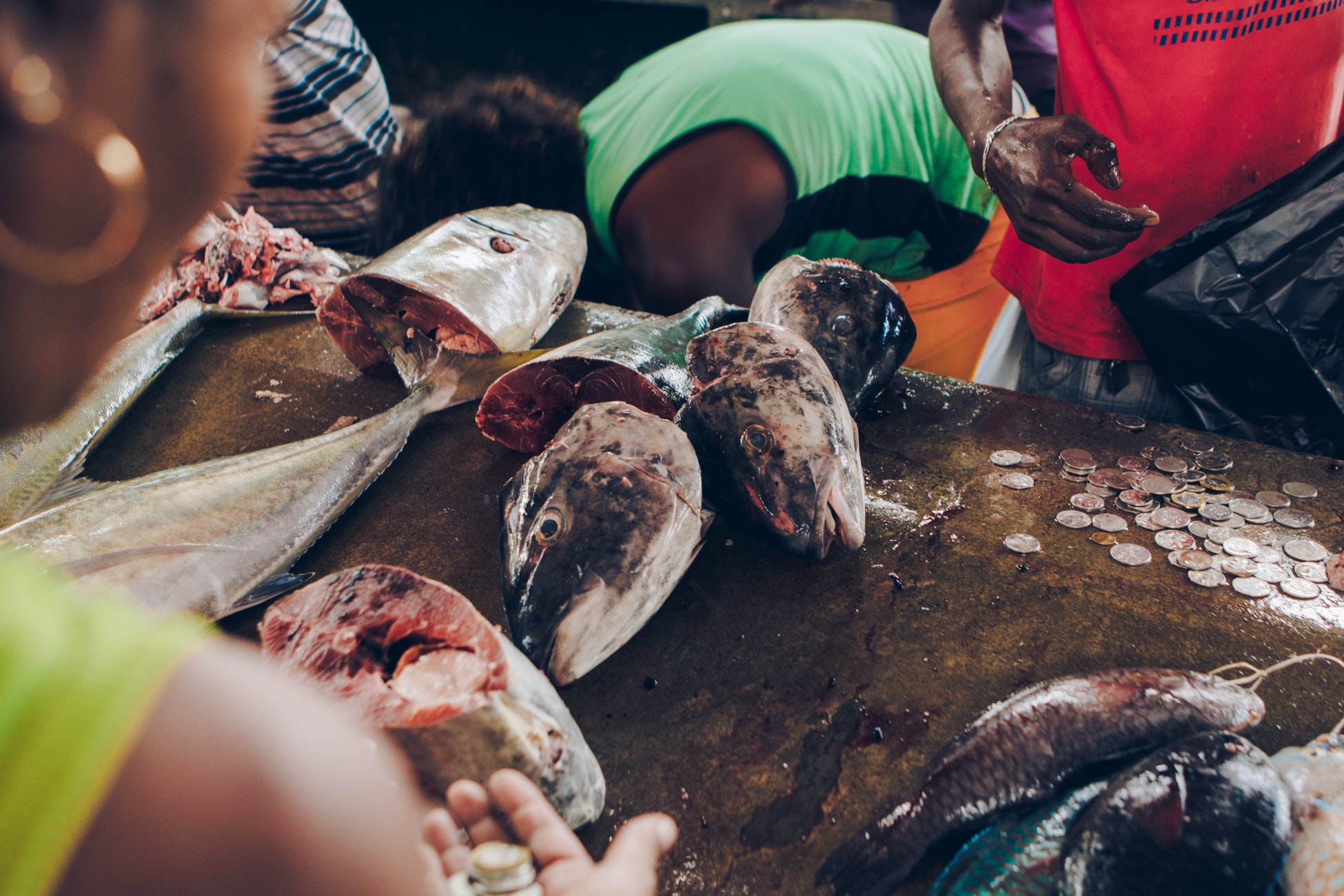
The Financial benefits are far-reaching, report scientists and economists
The global economy would greatly benefit from the creation of more protected areas, more than 100 scientists and economists said in a recent report.
Protecting at least 30% of the world’s land and oceans could lead to an increase of $250bn (£191.9bn) of global economic revenue annually, the report found. Currently only 15% of the world’s land and 7% of the oceans are covered by protected areas. Just 2.5% of the oceans falls within “no-take” MPAs that prohibit fishing and human extraction of natural resources, such as oil and gas.
Protected areas significantly drive economic growth, says Anthony Waldron, a researcher focused on conservation finance and lead author of the report. “[Conservation] benefits are bigger than the costs. Protected areas generate more economic revenue than fishing [and act] as an economic driver for nature tourism, a rapidly growing industry,” Waldron told the BBC.
The Seychelles recognised the benefits marine conservation could yield. “Sustainability is particularly important for a small island nation like the Seychelles which is very dependent on the environment. Fisheries and tourism are the two pillars of our economy,” says Pouponneau.
Fish products make up 96% of the total value of domestic exports and are critical to the nation’s food security, which has one of the highest levels of fish consumption per capita in the world, according to the World Bank. In a 2017 report the World Bank warned that the “unsustainable use of the marine environment is a major risk to the future of the Seychelles’ blue economy”.
The MPAs will help declining fish stocks recover as well as increase the size and diversity of fish, which in turn should boost fishermen’s incomes and overall revenues, says Enric Sala, a marine ecologist and National Geographic explorer who has carried out research in the Seychelles. “The fish in these areas are in much better shape. They produce more eggs and larvae and replenish life in the ocean,” he says.
Fully protected marine reserves can increase the total biomass of fish by over 600%, boost their size by over 25% and expand the variety of species by over 20%, compared to nearby unprotected areas, according to a 2018 study.
The tourism benefits are also enormous, says Sala, noting that a healthy coral reef can generate billions of dollars in revenue. The Great Barrier Reef contributed $6.4bn (£4.91bn) to the Australian economy in 2016 and helped support more than 64,000 jobs, according to 2017 analysis.
Coral reefs are also effective storm barriers which save countries over $4bn (£3.07bn) in flood damages every year, according to TNC. Without coral reefs, the annual cost of flood damage would double and storm costs would triple, TNC researchers said in a 2018 study.
Source: BBC
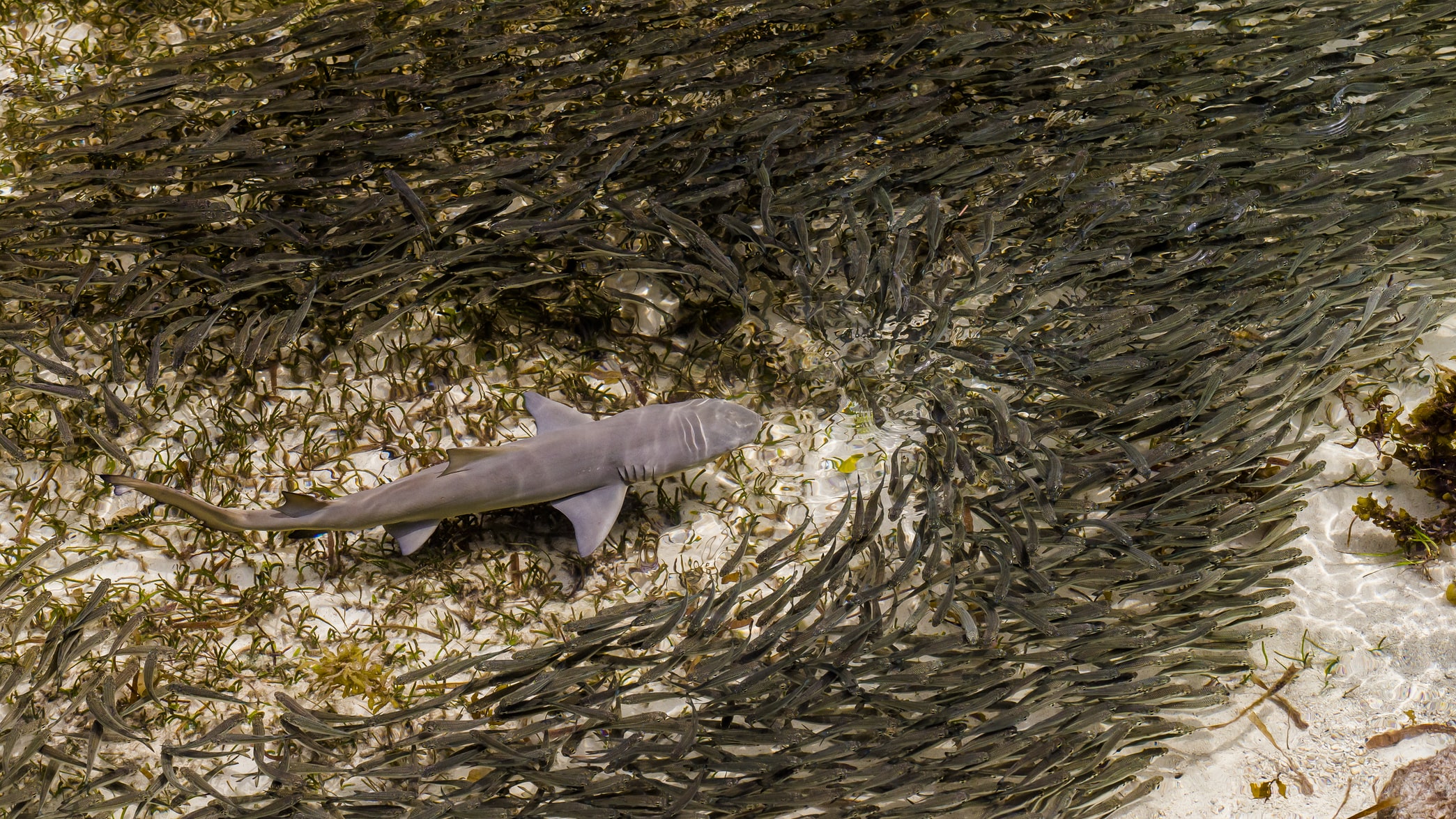
A Healthy ocean means a healthy planet
There are also strong mental and physical health benefits associated with spending time in nature, Sala says. “When people visit protected areas, their mental wellbeing improves. Nature has this power to reduce our stress,” he notes.
Experts say a healthy ocean should form a critical part of the global recovery from the coronavirus pandemic. “A healthy ocean presents enhanced opportunities for economic recovery post Covid-19, and for building resilience and withstanding the impacts of natural disasters and extreme weather events,” Commonwealth Secretary-General Patricia Scotland said in May.
Sala says the pandemic was caused by human destruction of ecosystems and highlights the importance of countries prioritising conservation in their recovery from the crisis.
The recovery presents “a good opportunity to reconsider the debt of low-income countries and help them lift some of their debt, [and] at the same time help them invest in the nature sector which is going to be key for longer term prosperity”, says Sala.
TNC estimates that up to 85 countries could use a debt for nature model to make their economies more resilient and Weary says plans for similar deals are already under way in several Caribbean and African countries. “This type of deal builds long-term resilience. With climate change we should be prepared for many crises,” Pouponneau told the BBC.
We first spotted this story on FutureCrunch.
Source: BBC
